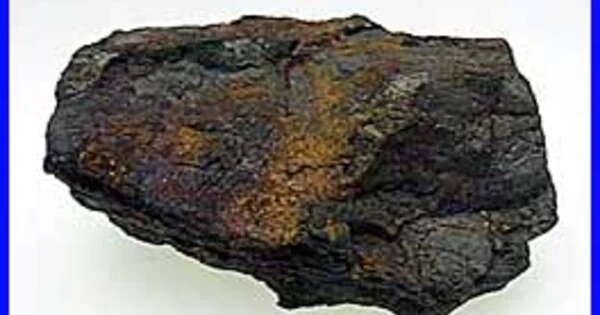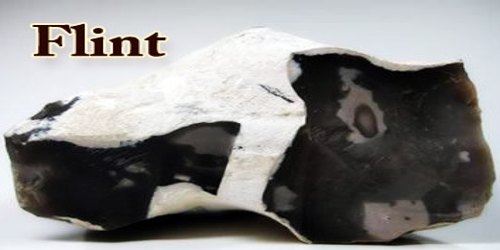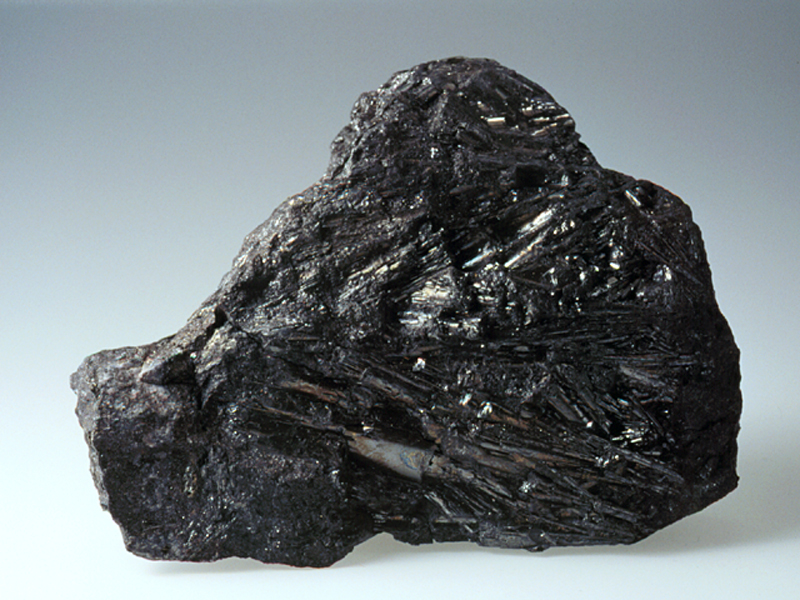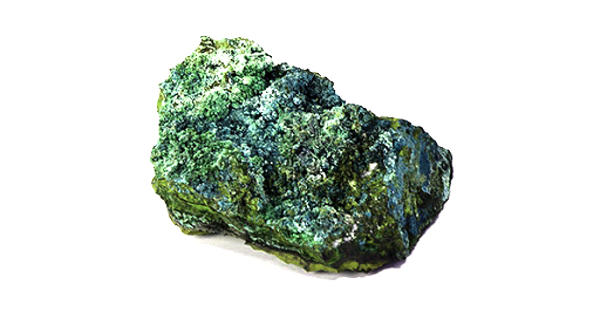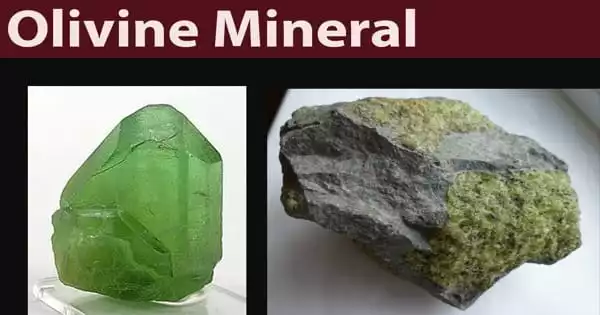Panethite, chemical formula (Na,Ca)2(Mg,Fe)2(PO4)2, is a rare phosphate mineral found in only one meteorite on Earth. It was first discovered in the Dayton meteorite in Ohio. It is classified as an H-M symbol (2/m) with a space group of P21/n. It is amber in color. It was named after Friedrich Adolf Paneth (1887-1958), a German chemist who made significant contributions to the study of meteorites and the origins of the universe.
Panethite was named after Friedrich Adolf Paneth, the former director of the Max Planck Institute for Chemistry in Mainz, Germany (1887-1958).
General Information
- Category: Phosphate minerals
- Formula (repeating unit): (Na,Ca)2(Mg,Fe)2(PO4)2
- Crystal system: Monoclinic
- Crystal class: Prismatic (2/m) (same H-M symbol)
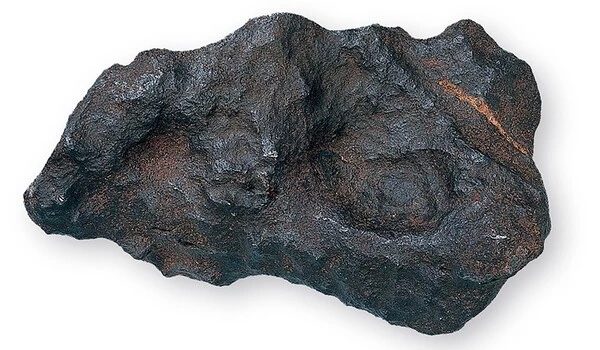
Properties
Panethite is a rare mineral found in only one meteorite on Earth. It was first discovered in the Dayton meteorite in Ohio. It is classified as an H-M Symbol (2/m) with a space group of P 21/n. It is a monoclinic-prismatic brownish yellow mineral that contains calcium, iron, magnesium, manganese, oxygen, phosphorus, potassium, and sodium.
- Color: Amber
- Twinning: Simple twinning
- Specific gravity: 2.90-3.0
- Optical properties: Biaxial(-)
- Transparency: Transparent
- Density: 2.9 g/cm3 (Measured); 2.99 g/cm3 (Calculated)
Both brianite and panethite were clear and transparent with no crystal faces; and neither present any discernible cleavage. Panethite is a biaxial negative, pale amber in its color and the estimated 2V was approximated to be 51˚. The refractive indices are α=1.567, β=1.576, γ = 1.579 all ±0.001 (Fuchs, 1967). Despite the lack of lamellar structure seen in brianite, panethite exhibits simple twinning. Brianite’s higher refractive indices, combined with its lamellae structure, allow us to tell these two minerals apart under the microscope. The specific gravity of panethite ranged between 2.90 and 3.0. Both minerals were insoluble in water. Panethite and brianite are the minerals with the highest sodium content in meteorites.
Structure
Using X-ray diffraction, the unit cell and the space group parameters were determined. The strongest lines of the X-ray were 5.10(6), 3.236(5), 3.007(10), 2.749, 2.710(7) (American Mineralogist, 509). But the error of the cell lengths were relatively high due to twinning and some disorder in the grains examined. Panethite has a monoclinic crystal system with a0=10.18 ±0.01Å, b0=14.90 ±0.02Å, c0=25.87 ±0.03Å and β =91.1˚, and its space group P21/n. Within the error that accompanied the microprobe analysis, the X-ray density was found to be 2.99g/ml.
Occurrence: A very rare mineral in phosphate nodules in an iron meteorite.
Association: Brianite, whitlockite, albite, enstatite, schreibersite, kamacite, taenite, graphite, sphalerite, troilite.
